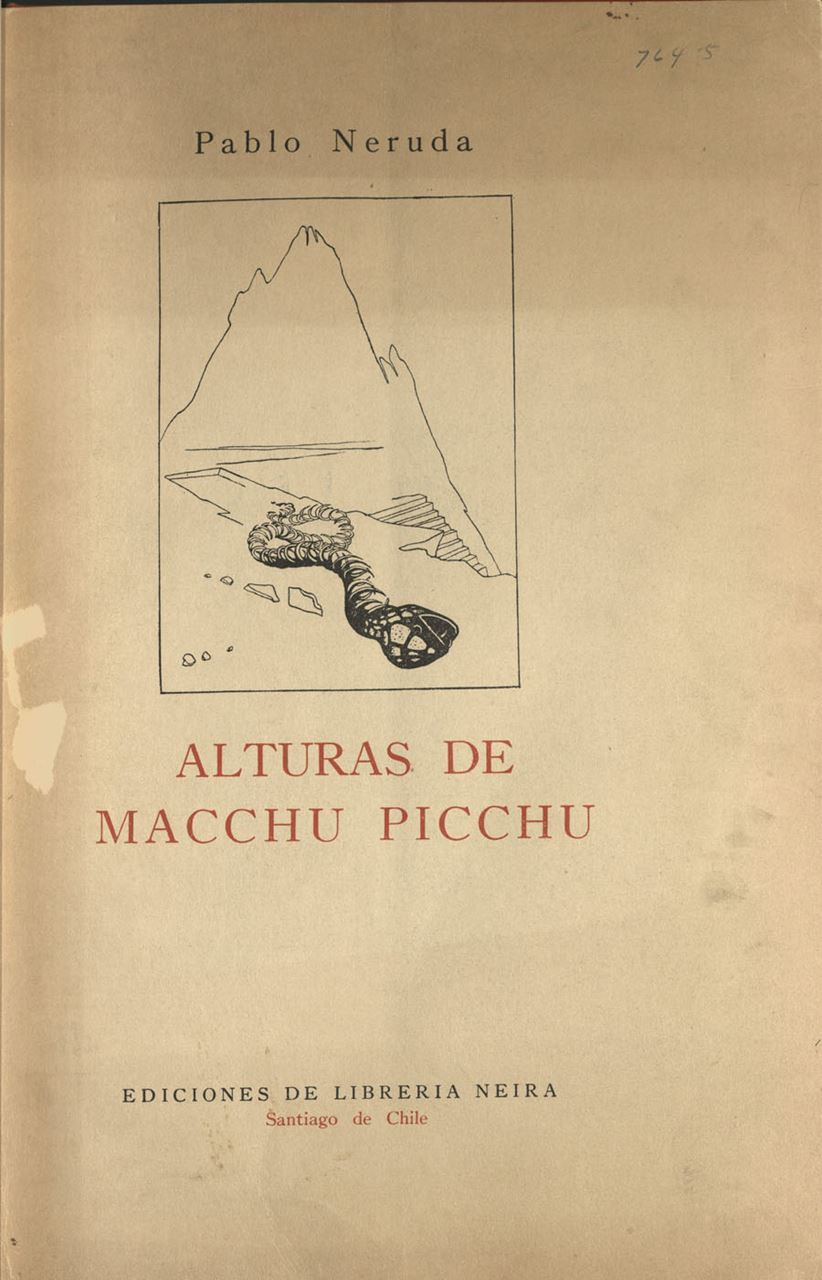There are considerable problems with the very notion of book arts' theory. The interstices of literary analysis, art historical analysis, and textual scholarship have required and continue to require the production of instructive texts for the abecedarian to the fundamentals of the field. Unfortunately, therein lies yet another question regarding a hierarchy of definitions.
Though the need for a multidisciplinary approach is recognized, the multiple imbricated locations of contention are underestimated. Theorists of book art and artist books encounter conflicts between disciplines, raising multiple questions that confront assumptions and problematize ontologies throughout the field, including: art history, literary, book arts praxis, concerns regarding definitions, questions of cultural and racial hegemony, as well as the ever present conflict between artists’ theories and art historians’ interpretations. Each of these also complicates the application of theoretical lenses such as new criticism and phenomenology.
One crucial issue involves two essential elements in book production: literature/letters and the visual image. Art history, from which the dominant definition of the artist book is derived, privileges the development of visual art as a conceptually communicative element, relegating the textual focus to a secondary position, a position favored by many. This conceptual understanding of the artist book ties praxis into a particular convention focused upon the concept of the work as linchpin to differentiate artist books from other types of books. Alternatively, literary textual analysis examines the use of letters as communicative elements within literature, ignoring the visual to a large degree. Each approach marginalizes the other due to the artificial confines of each disciplinary focus and their refusal to mix genres. [1]
This ongoing encounter causes book artists to associate their art with one discipline (visual) or the other (letters) for various reasons and maintains a false dichotomy that image and text, both functioning as visual signifiers, exist separately from each other due to disciplinary boundaries. Book artists and theorists should discard this duality and recall that book art is a shifting territory that constantly produces liminal and hybrid artworks that question boundaries.
Book arts iconoclastic nature and multidisciplinary character is stymied when strict boundaries and definitions are applied. Book art theory, in the same way that book art exists in myriad forms, should not be locked into a specific conceptual artistic model and definition or it too will atrophy. Instead, there should be an examination of what has been used to separate conceptualist book work, as defined by the dominant Drucker-esque paradigm, that separates artist books from all other forms of book art, as well as their historical and cultural contexts.

Pablo Neruda y Col. José Venturelli, Alturas de Macchu Picchu (Santiago de Chile: Librería Neira, 1948), Cover.
A brief example from Latin America will help illustrate this question. In 1948 Pablo Neruda collaborated with artist José Venturelli to publish Alturas de Macchu Picchu. [The Heights of Macchu Picchu]. [2] This work at first blush is not an artist book but instead, by Drucker standards, a work that illustrates text, because it does not investigate the book form in any conceptual way. Nevertheless, this work presents several opportunities for critical analysis once this restrictive criterion is discarded. The division between letters and art is an important one because this work inherently asks two questions: what was the author’s literary intention when working with a visual artist to create a book and what was the visual artist’s intention when engaging with literature and the book format? Wrangling with these two questions activates a more nuanced examination that constitutes an interpretive conceptual engagement with the work and its fabrication. In this case, it can be easily seen how this line of inquiry, as well as investigation of questions of culture and context demonstrate how this work pushed each artist beyond their scope of expertise into a new oeuvre to create a new material and conceptual constellation, intertwining arts with letters through the material form of the book. This example represents one of the many interdisciplinary encounters that fall outside of the canonized conceptual standard that currently divides the book arts.

Neruda y Venturelli, 24-25.
Book works interweave interdisciplinary theoretical and material considerations, constituting a field rich in untapped potential. Questions need to be posed, and there should be a specific location where critical voices are allowed to question the validity of prevailing positions and dominant definitions. There needs to be a place for the critical voice in this interstitial sphere of constellations and relationships. CBAA’s Theory Blog and Openings journal are already home to critical theory and will continue to open new doors for scholars and artists to interact and challenge each other regarding the incredibly flexible and polemic nature of the book arts.
[1] Derrida, Jacques. “The Law of Genre. Trans. by Avital Ronell.” Critical Inquiry, 1980, p. 55.
[2] Hellion, Martha. “Artists' Books from Latin America - A Table by Martha Hellion.” Printed Matter, 25 Jan. 2018, www.printedmatter.org/catalog/tables/26.
Peter J. Tanner is an Associate Instructor in Spanish at the University of Utah and Editor of Openings: Studies in Book Art. He has a Ph.D. in Spanish literature, an MA in Latin American Art History, and a BFA in Painting and Printmaking. His research focuses on artist books from Latin America.

